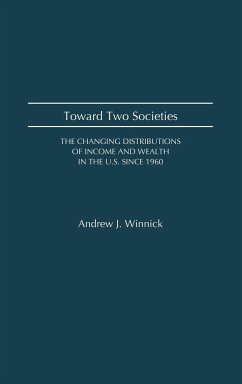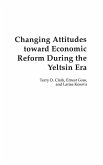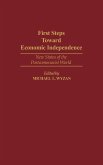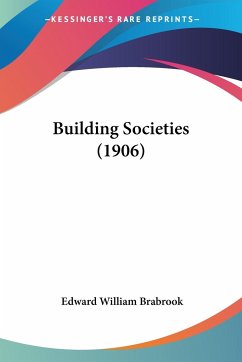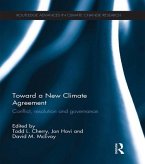This book provides a comprehensive look at the changes that have occurred in the distributions of both income and wealth in the United States since 1960. Both historical and current data are used in the analysis of the interactive effects of these two distributions on the standards of living of various segments of American families. In assessing the changing pattern of the distribution of income, the author employs a variety of standards against which to measure the level of income received by various segments of the population. This book is unique in that the analysis looks at all income classes. Such topics as the causes of poverty, the shrinking middle class, and the concentration of wealth holdings amongst the rich are all examined in detail. The book also explores the impacts of both distributions on such specific groups as Blacks, Hispanics, women, and children. In the final chapter, the author proposes a series of policy measures that should be pursued to move the United States toward more equitable distributions of both income and wealth. Part One of the book examines the distribution of income during the period 1960-88. Part Two looks at the changing distribution of wealth in the United States. The work concludes with an examination of the effects of the distribution of wealth on the distribution of income; a review of the causes of the patterns of distribution as seen in the data; and a discussion of the effects of these changes upon American society. Individuals associated with policy planning groups, both in government and in the private sector, including advocacy groups, should find this book quite useful to their work. It should also appeal to academics concerned with the issues of economics of poverty, the economics of discrimination, human capital theory, and urban economics.
Hinweis: Dieser Artikel kann nur an eine deutsche Lieferadresse ausgeliefert werden.
Hinweis: Dieser Artikel kann nur an eine deutsche Lieferadresse ausgeliefert werden.

